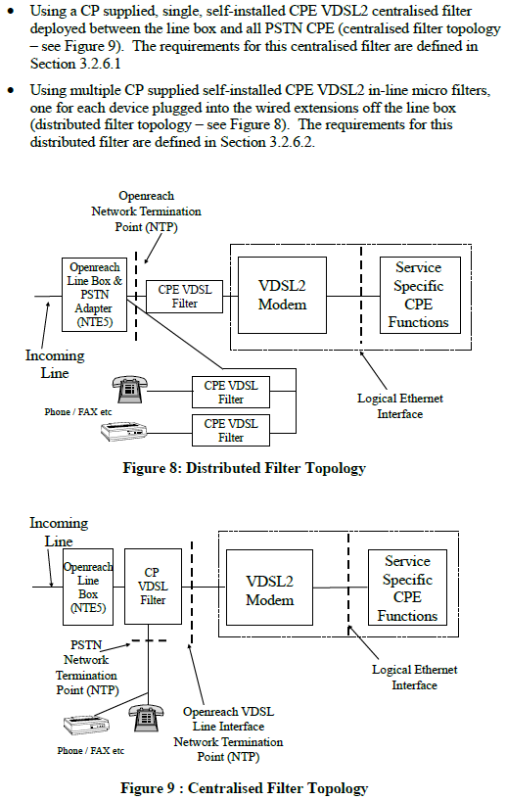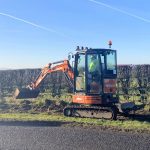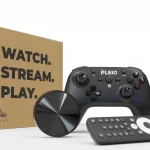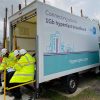BT Openreach Open NGA Test Facility and Explain FTTC Self Install Filters
BTOpenreach has launched a new Next Generation Access (NGA) test facility to help UK ISPs conduct live network tests of new broadband services and devices before making them available. The operator has also revealed a bit more information about the “filter” options for their forthcoming self-install FTTC superfast broadband product(s).
According to Openreach, the new facility will be comprised of six specialist rooms for performance and device testing. It will be opened via their Adastral Park building in Ipswich (Suffolk, England) and is expected to be available from 20th August 2013. BT has traditionally used this facility for its own internal testing and some PR.
Advertisement
Openreach Statement – NGA Test Facility
“A room within the facility may be booked out by a CP for a short period of time during each network testing window so that they can run their own tests and checks before changes roll out to the live network.
CPs must have first gone through a product establishment procedure on one of the NGA products before using the facility since access line orders are placed using our Equivalence Management Platform (EMP). CPs will also have to order GEA Cablelinks to the test headends within Ipswich exchange before using the facility.”
In semi-related news BT has also revealed a little more about the forthcoming launch of their new self-install (PCP Only) FTTC superfast broadband product, which could help to cut the setup fee and possibly support a shorter contract length by allowing customers to do part of the installation themselves (i.e. without an engineer having to come inside your home).
Readers might recall that we published a detailed timetable of the PCP Only trial in April 2013 (here), which revealed that the operator was planning to make the product commercially available sometime around mid-late autumn 2013.
In preparation for that Openreach have now published an updated Supplier Information Note (SIN), which offers a little bit more insight into how the related “filter” could work (i.e. this is a bit like the Microfilter / Splitters that copper ADSL2+ broadband lines already use). ISPs will have to provide a VDSL2 filter that plugs into the Metallic Line NTE (i.e. to separate the PSTN/phone and VDSL2/broadband signals on the same line) and a modem device which plugs into the filter.
However it should be noted that the downside of this approach is that “the use of microfilters may result in reduced speeds when compared to an engineer-based installation“ (Openreach), which partly occurs because the engineer is no longer present (i.e. some of the work they do helps to reduce interference). Some fear that the speed detriment could be significant but we’ll have to wait for the imminent summer 2013 trial to see (note: engineer installs should still be an option).
Advertisement
The new SIN document notes that two possible connection topologies exist for these filters, which we’ve pasted below. Take note that these are intended for the more telecoms minded among you.
2.4.2 Filter Installation topology
In the cases outlined in Figure 8 and Figure 9, the filters are classed as Customer Premises Equipment (CPE) and could be deployed in two distinct topologies. Either multiple jack-connected CPE filters can be used as in the arrangement shown in Figure 8, or a single centralised in-line filter can be provided as in the arrangement shown in Figure 9. In all cases, there must be a filter function between the line-box and any item of PSTN CPE, including modems, fax machines, set-top boxes etc.
When CPE VDSL2 filters are used, the network termination point (NTP) for VDSL2 services to which this SIN relates, is located at the Line-box. However the physical VDSL2 modem may be connected into one of the VDSL2 CPE filters as shown in Figure 8, or into a centralised filter as shown in Figure 9.
Note that when a centralised CPE VDSL2 filter is in use as shown in Figure 9, the VDSL2 modem can ONLY be connected at the line-box, as the filter prevents the VDSL2 signal reaching the extension sockets.
Now the diagrams..

Mark is a professional technology writer, IT consultant and computer engineer from Dorset (England), he also founded ISPreview in 1999 and enjoys analysing the latest telecoms and broadband developments. Find me on X (Twitter), Mastodon, Facebook, BlueSky, Threads.net and Linkedin.
« UK Satellite ISP EuropaSat Adds 20Mbps SES Broadband Products


















































Comments are closed